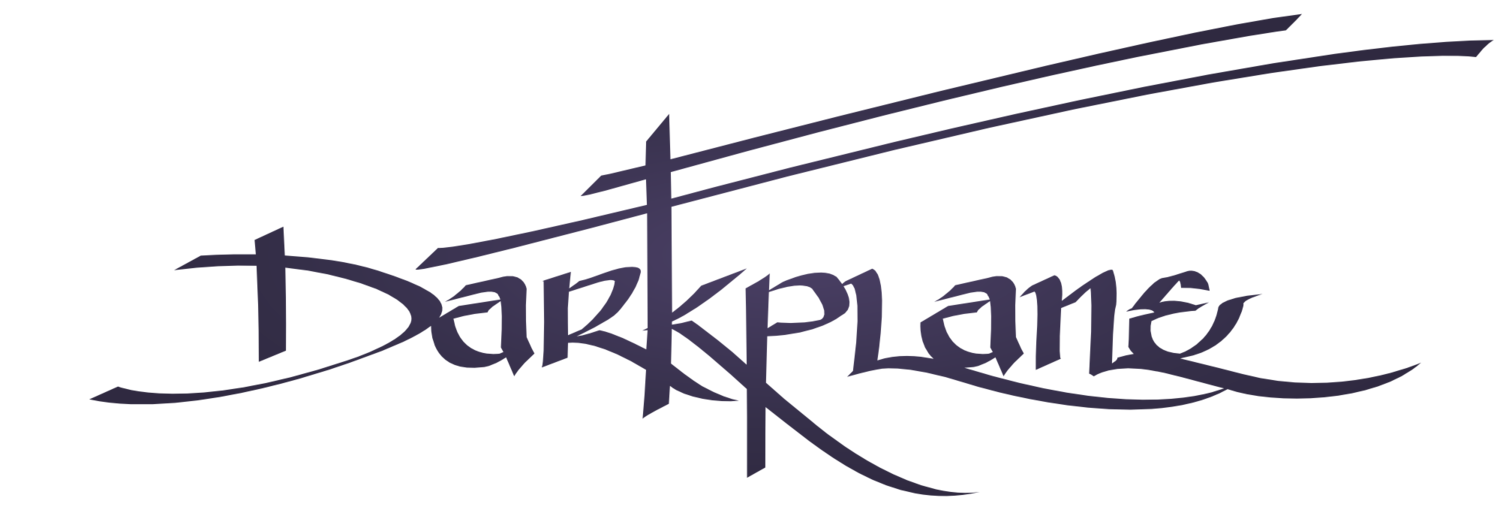Today I drew up a quick and dirty stat comparison for the Hundred Dungeons classes. It was really illuminating!
To begin, I plotted each class’s Defense, Average Damage, Hit Point Range, and Average Hit Points. I was measuring everything at absolute optimization (which there isn't a lot of in the game, but still I wanted to see what might emerge as broken).
Level 1 stats are based on starting equipment, which is why there’s a level 2 jump. I made the assumption that characters would have enough wealth after session one to buy any equipment the players want. These numbers represent a 100% aggressive, no-holds-barred approach to PC power.
It's also based on the first round of combat alone. I'm not interested in defining how long a combat should last in Hundred Dungeons. It’s likely to be highly circumstantial, and this was supposed to be quick and the least fiddly I could manage.
For example, the paladin is smiting with all the dice, spending it all on round one, which is why the damage is so strong. Same with spellcasters using their big damage spells right away. So this represents a round-one nova strike.
This data also assumes everything hits, and all enemy rolls fail. Where area effects are involved, I measured as if two targets get hit. If, say, a fireball hit 4 targets, the damage would increase.
A huge thank you to Tom Dunn, whose blog The Finished Book has taught me a lot about analyzing the math behind system design. I’ve used certain conclusions and equations of his, since my math level is nowhere near being able to do that on my own.
The color scale of the chart corresponds to player power, with warmer colors being stronger. Each red spike shows the strongest classes in those categories, such as warrior defense and paladin damage. These are areas I’m looking at closely for overpowered designs.
Some interesting observations on the data:
Armor is strong in Hundred Dungeons. After a first pass, I went back and ratcheted martial and heavy armor back a little, then increased the costs.
It's also dependent on wealth. Classes that get access to heavy armor, heavy shields, and heavy helms can jump up in defense as soon as they have money. I don't want to make plate armor vastly more expensive than makes sense, so instead I'll likely give firm advice on how much treasure to doll out, so those big red bars ramp up a bit more gradually.
Spell damage may need to scale back a little. Hit Points in the game are roughly half what they are in 5E, and I like the way that makes Combat faster and deadlier, more situational. But spellcasters consistently do more damage, and often with a handful of spells that keep up too well on an upcast.
The berserker was doing the least damage by a large margin on my first pass! I had to fiddle with the battle cry a little to help it, especially at low levels. Previously it was “add renown to damage with Strength attacks,” but now has changed to “double your Strength score when you add it to the damage inflicted by a Strength attack.”
I added a berserker feature at level 7 that allows them to deal 2d10 instead of 1d10 damage with heavy weapons.
That said, since battle cry makes all attacks mighty (which works like advantage), I think the berserker has higher effective damage than initially appears, and can compete a little better. For that reason, you’ll see a line of Effective Damage With Battle Cry, which increases the damage based on the higher likelihood of attacks hitting and critting.
Let me know what you think! I thought it could be helpful to share this process and the numbers behind the character classes.
Hundred Dungeons is a free 5E hack that focuses on exploration and scales back combat complexity. The alpha version will release as a pay-what-you-want product October 2024!


